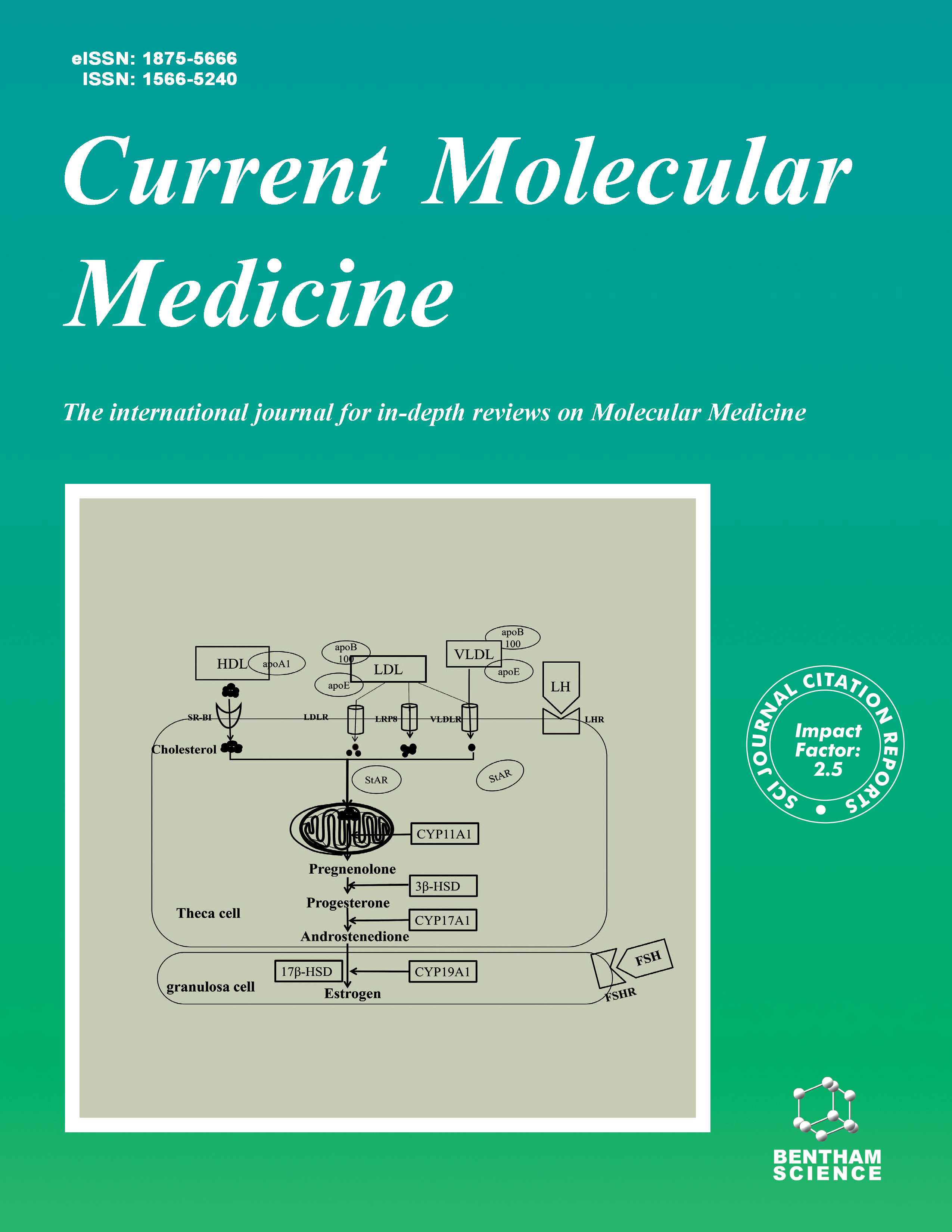
Full text loading...
We use cookies to track usage and preferences.I Understand
A natural flavonoid with exceptional medicinal capabilities, hesperidin, has shown encouraging results in the treatment of diabetes. Thoughts are still being held on the particular processes through which hesperidin exerts its anti-diabetic effects. This work clarifies the complex antidiabetic mechanisms of hesperidin by investigating the molecular pathways involved in glucose homeostasis, insulin signaling, and oxidative stress control. Additionally, the article explores the newly developing field of nanocarrier-based systems as a prospective means of boosting the therapeutic efficiency of hesperidin in the treatment of diabetes. This is because there are difficulties connected with the efficient delivery of hesperidin. These cutting-edge platforms show enormous potential for changing diabetes therapy by utilizing the benefits of nanocarriers, such as enhanced solubility, stability, and targeted delivery. In conclusion, our comprehensive review emphasizes the antidiabetic potential of hesperidin and underscores the intriguing possibilities provided by hesperidin nanocarriers in the search for more effective and individualized diabetes therapies.

Article metrics loading...

Full text loading...
References


Data & Media loading...

